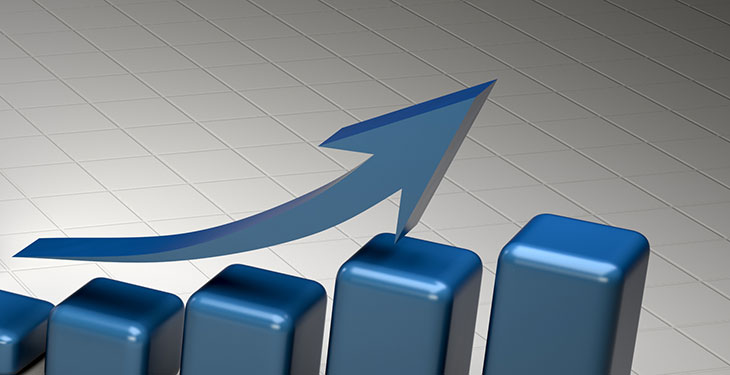Romania has managed to record an economic recovery beyond expectations in the fourth quarter (Q4) of 2020, based on extremely prompt and targeted state support measures, but in 2021 we must pay attention to a series of risks, said Eugen Anicescu, country manager, Coface Romania.
“Romania registered in the second quarter of 2020 an economic decrease of 10%, the most severe in the last 25 years, followed by a moderation in the third quarter, with a minus 6%, and in the fourth quarter a recovery over expectations was achieved, with an increase compared to the previous quarter and only a decrease of around 2% compared to the fourth quarter of 2019. Basically, Romania managed a rapid recovery, based on state support measures that were extremely prompt and targeted. Then, it was based on good consumer behavior, a shift in spending from certain categories, such as travel, to home furnishings, etc. So, a resilient consumption. Also, in the fourth quarter, which, despite a poor contribution of agriculture, this good development succeeded because the economy somehow kept a calm course and did not have those specific developments of the fourth quarter of the previous period. Practically, December was a month in which we worked and all these developments succeeded to produce a good recovery, but the year 2021 is not without risks,” said Anicescu, according to Agerpres.
Anicescu added that the impact of state schemes on the business environment, as well as the payment behavior in the market represent two other risks that the Bucharest authorities must take into account this year.
“Another significant impact, especially on the business environment, is related to state aid schemes. It remains to be seen what will happen in 2021, because we do not believe that the business environment is yet ready to be on its own. The fifth risk we see for 2021 is related to the payment behavior in the market, to a possible increase in defaults in the area of banks, non-performing loans and which could have an additional appetite for financing and financing pressure. It is difficult to estimate, at this moment, in the short term, what will happen,” Eugen Anicescu explained.
According to data published on Tuesday by the National Institute of Statistics (INS), Romania’s Gross Domestic Product increased by 5.3% in the fourth quarter of 2020, compared to the previous quarter of the same year, but overall the Romanian economy contracted by 3.9%.
